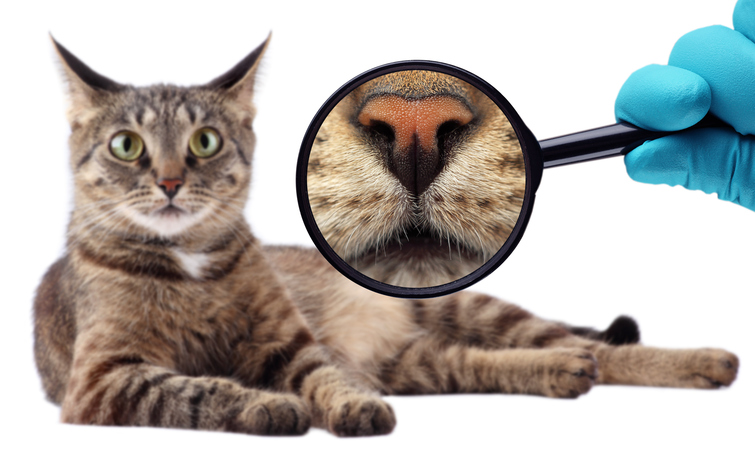 New research published today in Nature & Ecology Evolution used DNA analysis to reveal unprecedented insights into the origins of one of our oldest pets.
New research published today in Nature & Ecology Evolution used DNA analysis to reveal unprecedented insights into the origins of one of our oldest pets.
Dr Alison Crowther from UQ’s School of Social Science, with a large international team of geneticists and archaeologists, used samples of hair, teeth, bone and skin from hundreds of ancient and modern cats from Europe, north and east Africa and south-west Asia.
"Before this study, we actually knew very little about the cat domestication and dispersal processes, which is quite surprising given that cats are so popular as pets today," Dr Crowther said.
"A lack of cat remains in archaeological records has made it difficult to confirm how cats conquered the world."
The report found that in Medieval times, cats were dispersed along Mediterranean trade routes as they became a popular method of rodent control among mariners and ship merchants.
“Genetic mutation during the Ottoman Empire saw the first tabby coat pattern emerge, but it was not until the 19th century that physical traits were used to select particular cats for the creation of sought-after breeds,” Dr Crowther said.
Cat domestication was a complex, long-term process featuring extensive translocations between geographically separated cat populations at different points in time. Despite their domestication, we all know cats as very independent creatures who only tolerate their human companions.
Media : Dr Alison Crowther a.crowther@uq.edu.au, 0400 636350



